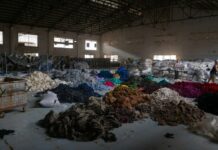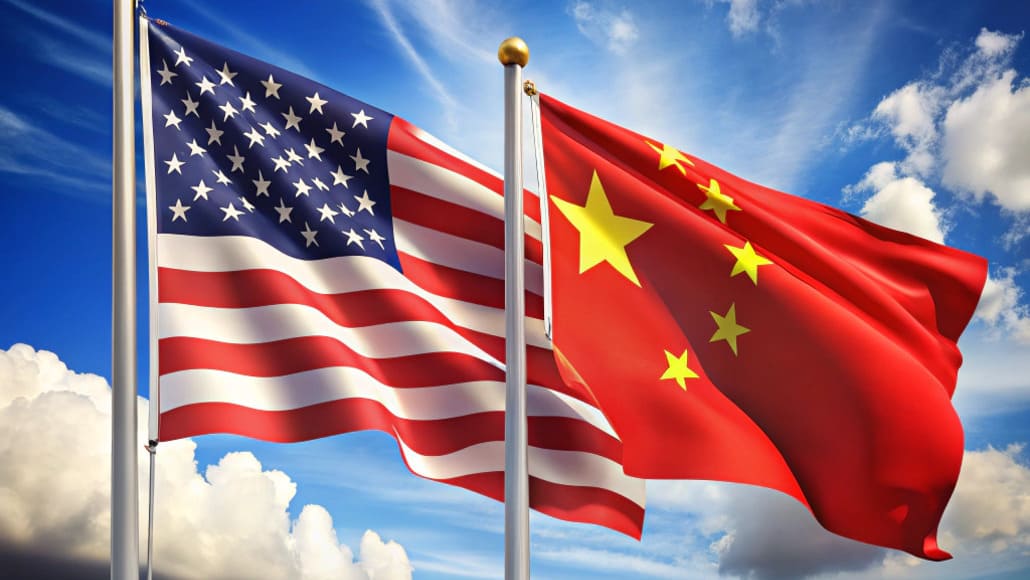The ongoing trade tensions between the United States and China may result in a significant influx of Chinese goods into the European market. The European textile industry is currently facing a moment of high tension, grappling with various European Textile Industry Challenges. In a surprising shift, U.S. President Donald Trump announced on Wednesday a 90-day “pause” on reciprocal tariffs, with the notable exception of those affecting China.
Should he follow through on his threats, products originating from the European Union entering the U.S. would incur a 20% surtax.
Amidst this uncertainty, we took a closer look at the textile industry’s current sentiment.
“European textile and clothing exports (to the United States, editor’s note) represent around €7.5 billion a year. So if Mr. Trump maintains his 20% surtax, that means €1.5 billion in customs duties,” explains Dirk Vantyghem, Director General of the European Apparel and Textile Confederation (Euratex).
Countries like Italy, France, and Portugal, which lead Europe’s textile sector, are expected to be the most significantly impacted by these developments. The haute couture segment may bear the brunt of the impact, although some buyers might still be willing to absorb the additional costs, “because it’s top-of-the-range,” he adds.
Potential Surge of Asian Imports
A more pressing concern is that textile production in Asian nations not currently exporting to the U.S. could be redirected toward the European market.
“If this tariff wall is established in China, Cambodia, and Vietnam, there will be a greater supply of Asian-made clothing pushed onto European markets. So the indirect impact could be even greater than the direct consequence of paying 20% customs duties on American markets,” states Dirk Vantyghem.
While he does not foresee immediate price increases, he recognizes “a capacity problem,” which could exert pressure on European manufacturers.
Recognizing this potential threat, Ursula von der Leyen, President of the European Commission, stated in an interview with the Financial Times that she would not stand for an influx of Chinese products into Europe and would not hesitate to implement “safeguard measures” if necessary.
Meanwhile, the European Apparel and Textile Confederation is urging the Commission to prioritize dialogue over escalation to prevent a detrimental cycle for both sides.
This situation is particularly concerning as the European textile sector has already been strained by rising “energy prices” and the financial burdens from adhering to the European Union’s sustainable and circular textiles strategy introduced in 2022, according to Euratex.
Impact on Supply Chains
This emerging scenario may also lead to significant changes in supply chains.
Tariffs on Chinese imports have ballooned to as high as 145%.
Although Donald Trump has declared a 90-day reprieve for 75 other nations, the global textile industry remains under the constant threat of increased tariffs. Should these threats materialize, countries like Bangladesh and Vietnam could face steep customs duties of 37% and 46%, respectively.
“The major European brands are looking at these customs duties and reconsidering their sourcing options,” says the Managing Director of Euratex.
In this context, India and Turkey might emerge as beneficiaries. The proposed surcharges would amount to 26% and 10%, respectively, which could incentivize some clothing manufacturers to shift their production there.
As the European textile industry grapples with these challenges, it remains crucial for stakeholders to adapt and respond effectively to the evolving landscape of the European Textile Industry Challenges.



































